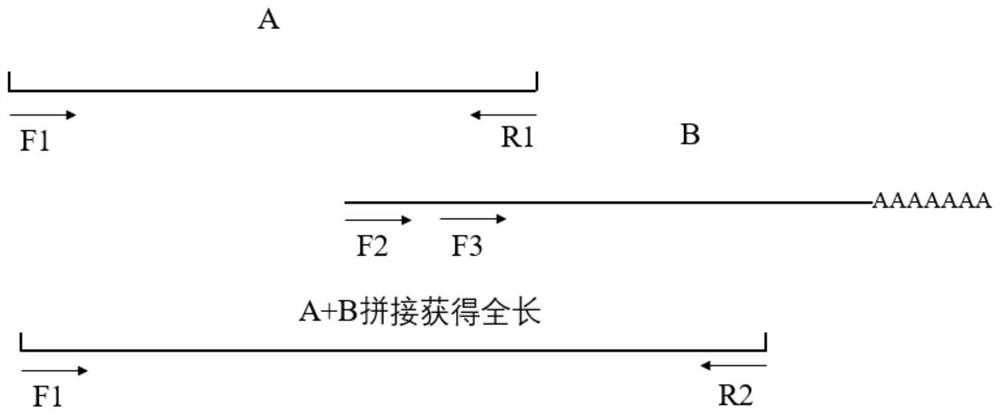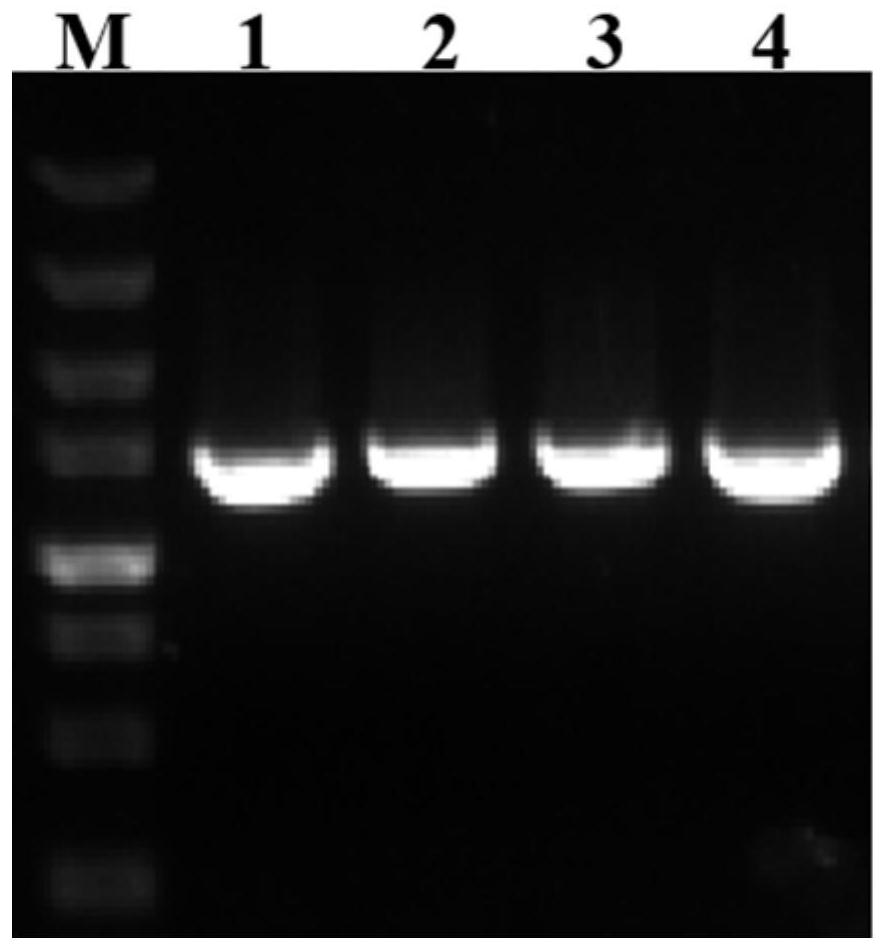Crape myrtle salt-tolerant gene LiCIPK24 and application thereof
A technology of amino acid and protein, applied in application, genetic engineering, plant genetic improvement, etc., can solve the problems of staining pollution, large amount of physical improvement engineering, high cost, etc.
- Summary
- Abstract
- Description
- Claims
- Application Information
AI Technical Summary
Problems solved by technology
Method used
Image
Examples
Embodiment 1
[0079] 1. cDNA clone of Lagerstroemia indica salt tolerance gene LiCIPK24
[0080] The total RNA of the aerial parts of annual Lagerstroemia crape myrtle seedlings was extracted with the plant RNA mini-extraction kit (TaKaRa), and the first-strand cDNA was obtained with the cDNA reverse transcription kit (TAKARA). Through homologous comparison, the homologous gene sequences of CIPK24 of Eucalyptus and Arabidopsis were obtained, primers F1 and R1 of homologous sequences were designed with Oligo7, 3'RACE primers F2 and F3 were designed according to the obtained sequence of segment A, and Refer to the 3'RACE method of the SMARTer™ RACE cDNA Amplification Kit (Clontech, USA) to amplify, and obtain the 3' end sequence B, fragment A and fragment B are spliced to obtain the full-length sequence of the LiCIPK24 gene (SEQ ID NO .1, the length is 1552bp. According to Seq. NO. 1, primer R2 was designed, paired with F1 for amplification, and the sequence (1335bp) containing SEQ ID NO.2 ...
PUM
 Login to View More
Login to View More Abstract
Description
Claims
Application Information
 Login to View More
Login to View More - R&D
- Intellectual Property
- Life Sciences
- Materials
- Tech Scout
- Unparalleled Data Quality
- Higher Quality Content
- 60% Fewer Hallucinations
Browse by: Latest US Patents, China's latest patents, Technical Efficacy Thesaurus, Application Domain, Technology Topic, Popular Technical Reports.
© 2025 PatSnap. All rights reserved.Legal|Privacy policy|Modern Slavery Act Transparency Statement|Sitemap|About US| Contact US: help@patsnap.com



